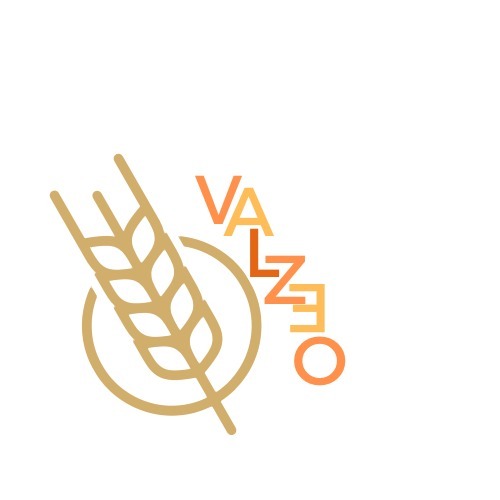
In EU, an average of 3.1 million tons of paddy rice is produced (ca. 450.000 ha). Around 80% of the EU rice production takes place in Italy and Spain, with a further 12% in Greece and Portugal. Globally, 750 million tons of rice husk (RH) are yearly produced, and it is estimated a continuous increase of 1.1% each year. Each ton of rice can produce 20% of RH, that must be eliminated since it accumulates in the environment due to its low degradability. RH generates 18-20% of RHA through a combustion process. The inadequate deposition of RHA pollutes the environment and deteriorates the respiratory system of humans and animals. During RH incineration, the burnt ash can spread into a large area facilitated by
air, causing environmental pollution. According to these figures, large volumes of RHAs with low density are becoming a major challenge to the surroundings of dumping environment and dump fill areas.
VALZEO intends to employ RHAs as raw supplies to produce composite materials based on hierarchical zeolites modified by metal oxide nanoparticles (MON) and metal-organic framework (MOF) materials with a double purpose, the removal of pharmaceuticals, pesticides, dyes and microorganisms in water, and the catalytic production of biodiesel.
To address such challenge, VALZEO will promote the exchange of researchers from participating institutions to enhance the exchange of knowledge, best practices, know-how, innovative ideas, experience, cooperation, and culture of work.
VALZEO will foster, improve and develop permanent international and inter-sector collaboration between academic research centers, and private sector, enhancing the exchange of knowledge, best practices, know-how, innovations, experience, mutual cooperation and culture of work at different regions and countries (ES, IT, IRL and CU) through a series of scheduled secondments.
Role of SITES : Lead Dissemination, communication, and networking
Project News: